Top Ways to Refine Chatbot Responses for Customer Satisfaction

Refining chatbot responses plays a crucial role in meeting customer expectations. Chatbots handle up to 80% of routine inquiries, freeing your team to tackle complex issues and speeding up service delivery. Many customers prefer chatbots because of their efficiency, with 69% engaging if they resolve problems faster than waiting for human help. Optimized chatbots not only boost satisfaction rates, which can reach 87.58%, but also improve customer loyalty by reducing response times by 99%. For businesses like yours, tools such as Sobot's AI chatbot can address these needs while overcoming the disadvantages of chatbots in customer service.
Importance of Chatbot Optimization in Customer Service
Role of Chatbots in Modern Customer Service
Chatbots have transformed customer service by offering instant, round-the-clock support. They handle routine inquiries, such as order tracking or FAQs, freeing human agents to focus on complex issues. This division of labor improves efficiency and ensures faster resolutions. For example, Sephora uses chatbots to schedule appointments and provide makeup tutorials, optimizing staff time while enhancing the customer experience.
Modern chatbots, like Sobot's AI-powered solution, go beyond basic automation. They integrate with multiple channels, including WhatsApp and SMS, to deliver seamless interactions. These chatbots also leverage AI to provide personalized recommendations, boosting customer engagement. According to IBM, businesses that optimize AI-powered customer service report a 17% increase in satisfaction. This demonstrates how chatbots redefine service by making it faster and more tailored to individual needs.
Impact of Chatbot Performance on Customer Satisfaction
The performance of a chatbot directly influences customer satisfaction. Metrics such as accuracy, personalization, and convenience play a critical role. Accurate responses build trust, while personalized interactions enhance the overall experience. A study on chatbot effectiveness revealed that perceived trustworthiness positively impacts customer forgiveness and reduces negative feedback.
Sobot's chatbot excels in these areas by offering multilingual support and real-time assistance. It operates 24/7, ensuring customers receive help whenever they need it. Additionally, its ability to analyze customer data provides insights that improve service processes. For instance, OPPO achieved an 83% chatbot resolution rate and a 94% positive feedback rate after implementing Sobot's solution. These results highlight the importance of optimizing chatbot performance to meet customer expectations.
Addressing Disadvantages of Chatbots in Customer Service
Despite their advantages, chatbots face challenges that can impact customer satisfaction. Common issues include difficulty handling complex inquiries and providing incomplete information. Customers often express frustration when chatbots fail to meet their needs. For example, one customer remarked, "Next time I’ll call directly. You’re of no use!" after a disappointing interaction.
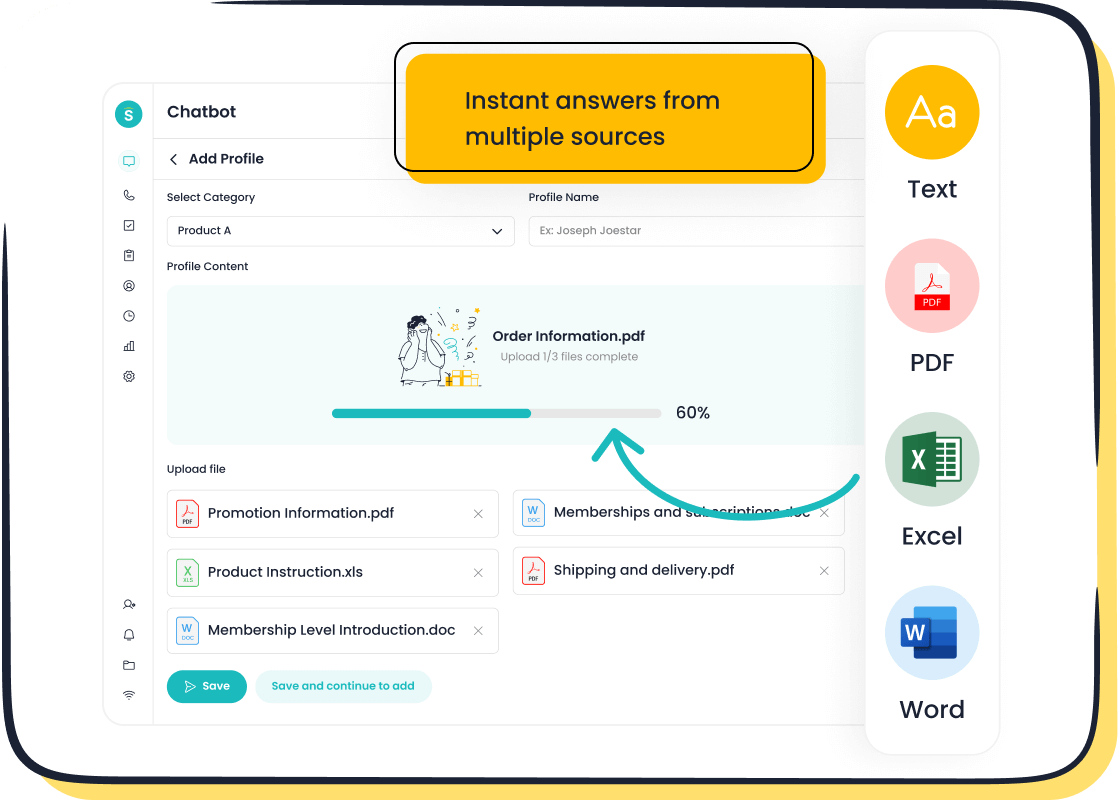
To overcome these limitations, businesses must implement effective strategies. Sobot's chatbot addresses these disadvantages by integrating fallback mechanisms that escalate unresolved queries to human agents. This ensures customers receive the support they need, even for complex issues. Additionally, Sobot's chatbot uses a knowledge base built from diverse sources, enabling it to provide accurate and relevant responses. These features make it a reliable tool for enhanced customer service and satisfaction.
Key Strategies to Refine Chatbot Responses
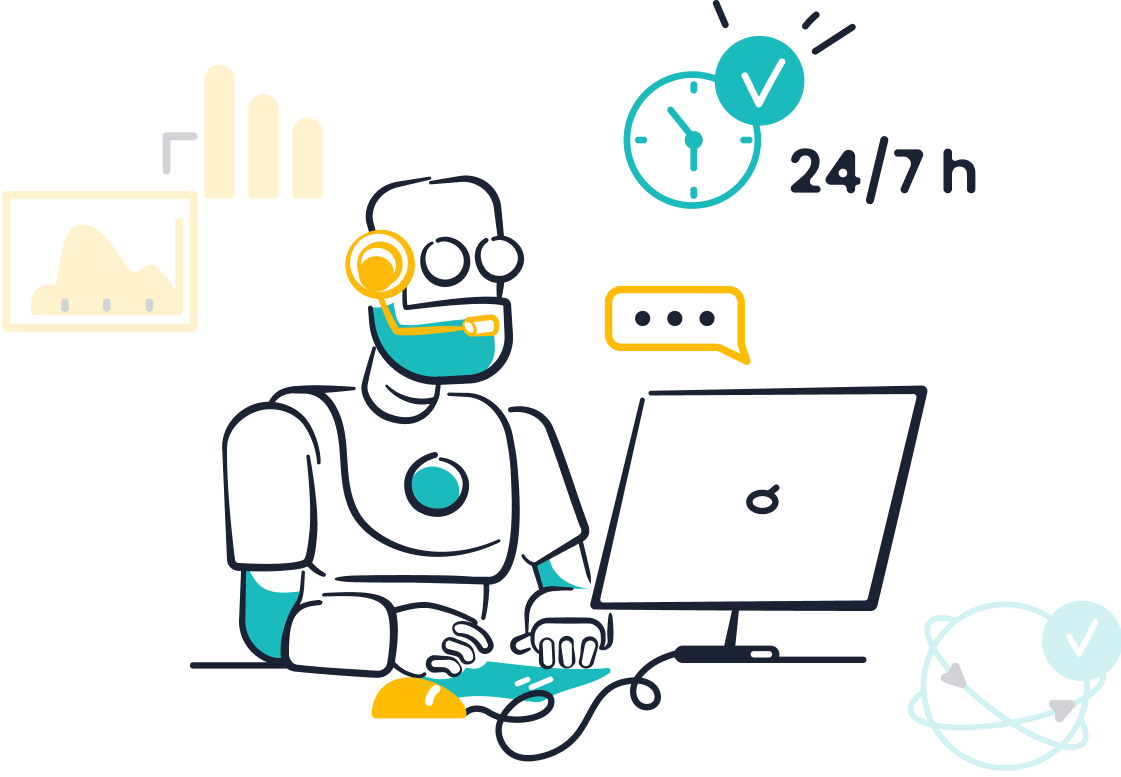
Personalization Techniques for Enhanced Engagement
Personalized interactions are key to improving customer satisfaction. When chatbots tailor responses based on user preferences, they create a sense of connection and trust. For instance, an AI chatbot platform can analyze past interactions to recommend products or services that align with customer needs. This approach not only enhances engagement but also boosts conversion rates.
Metrics show significant improvements when personalization techniques are implemented. For example:
| Metric | Description |
|---|---|
| Chat Volume | The total number of chats initiated by users. |
| Containment Rate | The percentage of inquiries resolved without human intervention. |
| Resolution Rate | The percentage of issues successfully resolved. |
| Fallback Rate | The rate at which users are redirected to human agents. |
| Customer Satisfaction (CSAT) | A measure of user satisfaction with the chatbot's performance. |
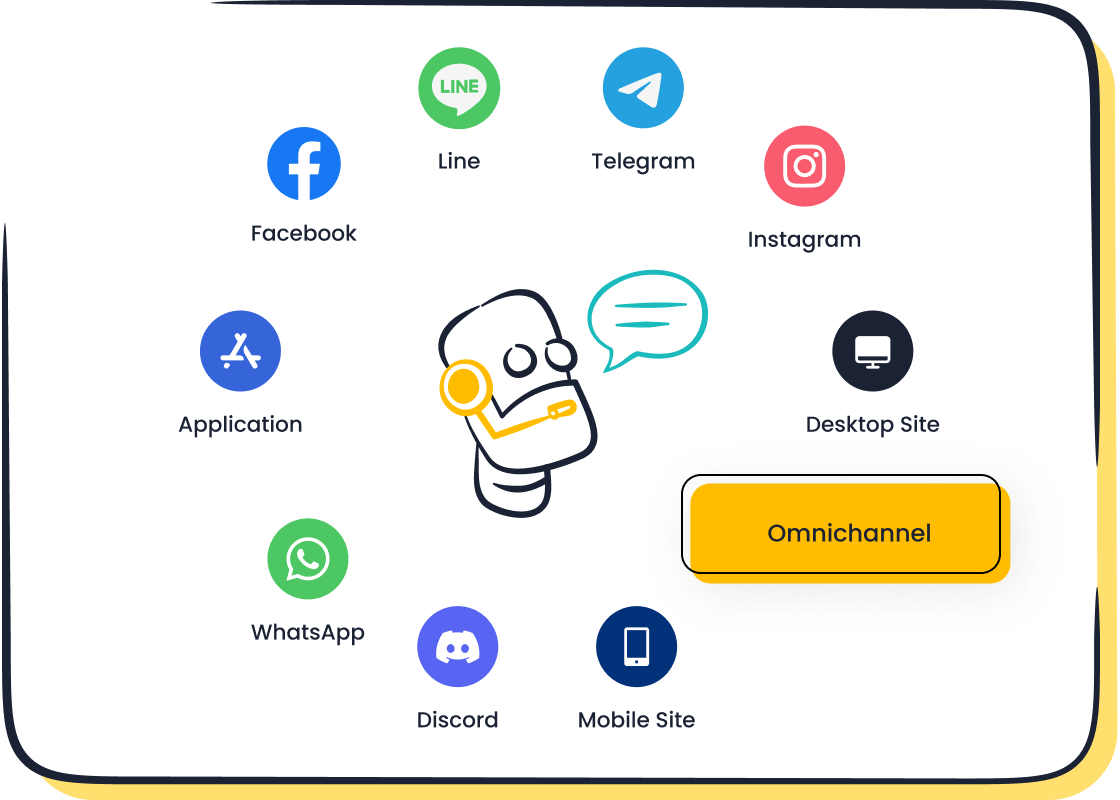
Sobot’s AI chatbot platform excels in personalization by leveraging multilingual support and real-time data analysis. It identifies user intent and provides tailored recommendations, ensuring every interaction feels unique. This capability is particularly valuable in industries like retail and e-commerce, where personalized interactions drive customer loyalty.
Designing Conversational Flow for Seamless Interactions
A well-designed conversational flow ensures that chatbots guide users efficiently through their queries. This involves structuring interactions to minimize confusion and maximize resolution rates. For example, starting with a clear greeting, followed by relevant options, helps users navigate the conversation smoothly.
Data supports the effectiveness of conversational flow design in reducing query resolution times. Metrics such as system stability, question recognition, and containment rates highlight the importance of structured interactions:
| Metric Type | Description |
|---|---|
| System stability metrics | Measures uptime and latency of the IVR system. |
| Question recognition metrics | Evaluates the true positive rate of customer query recognition. |
| Customer experience metrics | Assesses customer satisfaction percentage post-interaction. |
| Containment metrics | Focuses on First Call Resolution rates, indicating how effectively queries are resolved. |
| Quick resolutions | Automated responses facilitate faster issue resolution without human intervention. |
Sobot’s AI chatbot platform incorporates advanced conversational flow designs. It uses intuitive building blocks and a point-and-click interface to create workflows that align with customer needs. For example, Jaxxon, a luxury jewelry brand, implemented quick response automation in their live chat, reducing live chat volume by 17% and increasing on-site conversion rates by 6%.
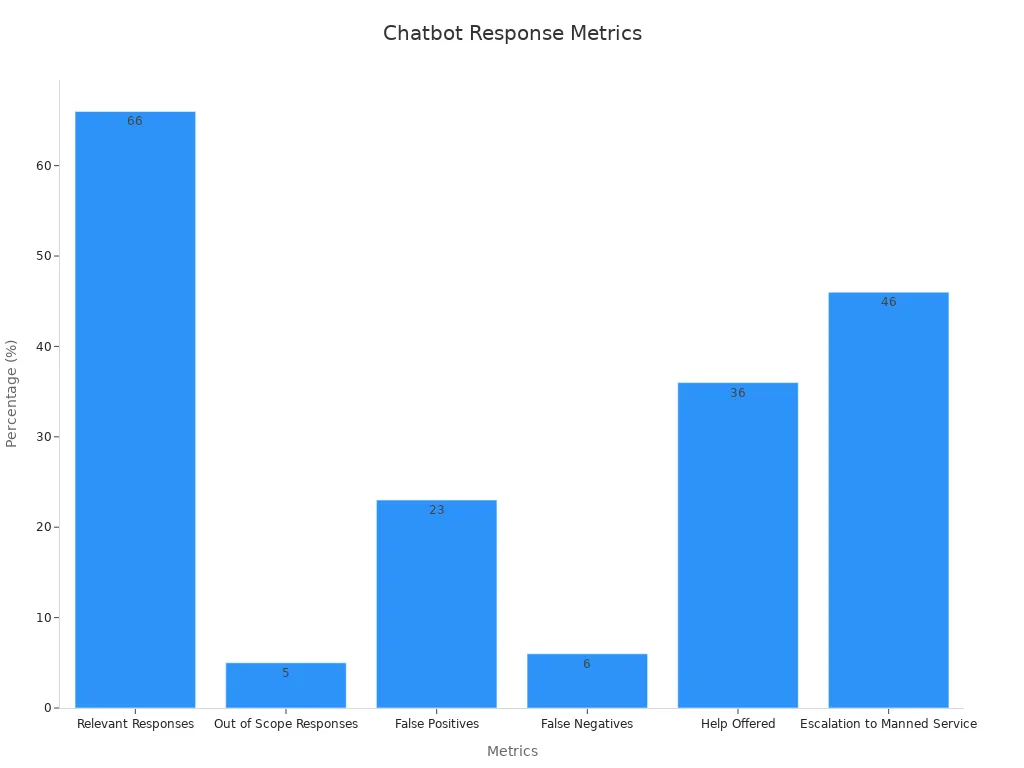
Integration with Customer Service Systems
Customer support integration is essential for refining chatbot responses. By connecting chatbots with existing systems, businesses can access customer data and provide more accurate responses. Integration also ensures seamless escalation to human agents when necessary.

Sobot’s AI chatbot platform offers robust integration capabilities. It connects with CRM systems, ticketing platforms, and omnichannel communication tools like WhatsApp and SMS. This integration streamlines operations and enhances customer satisfaction. For example, OPPO achieved an 83% chatbot resolution rate and a 94% positive feedback rate by integrating Sobot’s chatbot with its global customer service channels.
The findings indicate that nearly half of chatbot dialogues include offers for escalation to human agents, which are crucial for enhancing user satisfaction. This highlights the importance of integrating chatbots with broader customer service systems to ensure comprehensive support.
Implementing Effective Fallback Mechanisms
Fallback mechanisms play a vital role in ensuring chatbots deliver a seamless customer experience. When a chatbot encounters a query it cannot resolve, an effective fallback system ensures the conversation continues without frustrating the user. This approach prevents dead ends and maintains customer trust.
Why Fallback Mechanisms Matter
No chatbot can handle every possible query. Customers often ask complex or unexpected questions that require human intervention. Without a fallback mechanism, these situations can lead to dissatisfaction. For example, a customer might abandon the interaction if the chatbot fails to provide a solution. A well-designed fallback system ensures the chatbot redirects such queries to a human agent or provides alternative solutions.
Fallback mechanisms also improve the overall performance of chatbots. They help identify gaps in the chatbot's knowledge base, enabling you to refine its responses over time. This continuous improvement ensures your chatbot becomes more effective at handling diverse customer needs.
Types of Fallback Mechanisms
You can implement various fallback mechanisms to enhance your chatbot's performance. Here are some common types:
- Escalation to Human Agents: When the chatbot cannot resolve a query, it transfers the conversation to a human agent. This ensures the customer receives the necessary support.
- Clarification Prompts: The chatbot asks follow-up questions to better understand the user's intent. For instance, it might say, "I didn't quite catch that. Could you rephrase your question?"
- Knowledge Base Suggestions: The chatbot provides links to relevant articles or FAQs that might address the user's query.
- Feedback Collection: If the chatbot cannot help, it asks for feedback to improve future interactions.
Comparing Fallback Mechanisms
Research highlights the importance of choosing the right fallback mechanism for your chatbot. A study reviewed 70 articles on fallback authentication techniques and identified nine frameworks for comparison. The findings emphasize the need for a structured approach to designing fallback systems. Here's a summary:
| Study Focus | Findings | Frameworks Discussed |
|---|---|---|
| Fallback Authentication Techniques | 70 articles reviewed, various techniques identified | 9 frameworks for comparison identified |
This research underscores the value of analyzing different fallback strategies to determine the most effective approach for your chatbot.
Best Practices for Implementing Fallback Mechanisms
To maximize the effectiveness of your chatbot's fallback system, consider these best practices:
- Define Clear Escalation Paths: Ensure the chatbot knows when and how to transfer queries to human agents. This minimizes delays and keeps customers satisfied.
- Use AI to Improve Accuracy: Leverage AI to analyze failed interactions and refine the chatbot's responses. This reduces the need for fallback mechanisms over time.
- Test Regularly: Conduct regular tests to ensure the fallback system works as intended. Identify and address any issues promptly.
- Provide Transparency: Let users know when the chatbot is escalating their query. For example, you can display a message like, "I'm transferring you to a human agent for further assistance."
By following these practices, you can create a chatbot that delivers reliable support while maintaining customer trust.
How Sobot Enhances Fallback Mechanisms
Sobot's AI chatbot incorporates advanced fallback mechanisms to ensure a smooth customer experience. It seamlessly escalates unresolved queries to human agents, ensuring customers always receive the help they need. The chatbot also uses a robust knowledge base to provide accurate suggestions when it cannot resolve a query directly. These features make Sobot's chatbot a reliable tool for businesses aiming to enhance customer satisfaction.
Measuring and Improving Chatbot Performance

Optimizing chatbot performance is an ongoing process that requires careful measurement and refinement. By tracking key metrics, leveraging customer feedback, and implementing regular updates, you can ensure your chatbot consistently delivers exceptional customer experiences.
Using Analytics to Track Key Metrics
Analytics play a vital role in understanding how well your chatbot performs. Key performance indicators (KPIs) such as accuracy rate, customer satisfaction rate (CSAT), and self-service rate provide valuable insights into its effectiveness. For instance, the accuracy rate measures how often your chatbot resolves inquiries without human intervention, while CSAT evaluates user satisfaction through feedback mechanisms like surveys.
| Metric | Description |
|---|---|
| Accuracy Rate | Percentage of inquiries resolved correctly without human help, indicating the chatbot's effectiveness. |
| Customer Satisfaction Rate (CSAT) | Evaluates user satisfaction through feedback mechanisms like surveys or ratings. |
| Self-service Rate | Proportion of sessions that did not require further contact after using the chatbot. |
| Goal Completion Rate | Rate of users achieving specific actions through the chatbot, such as completing a purchase. |
| Non-response Rate | Frequency of instances where the chatbot fails to provide a response to user inquiries. |
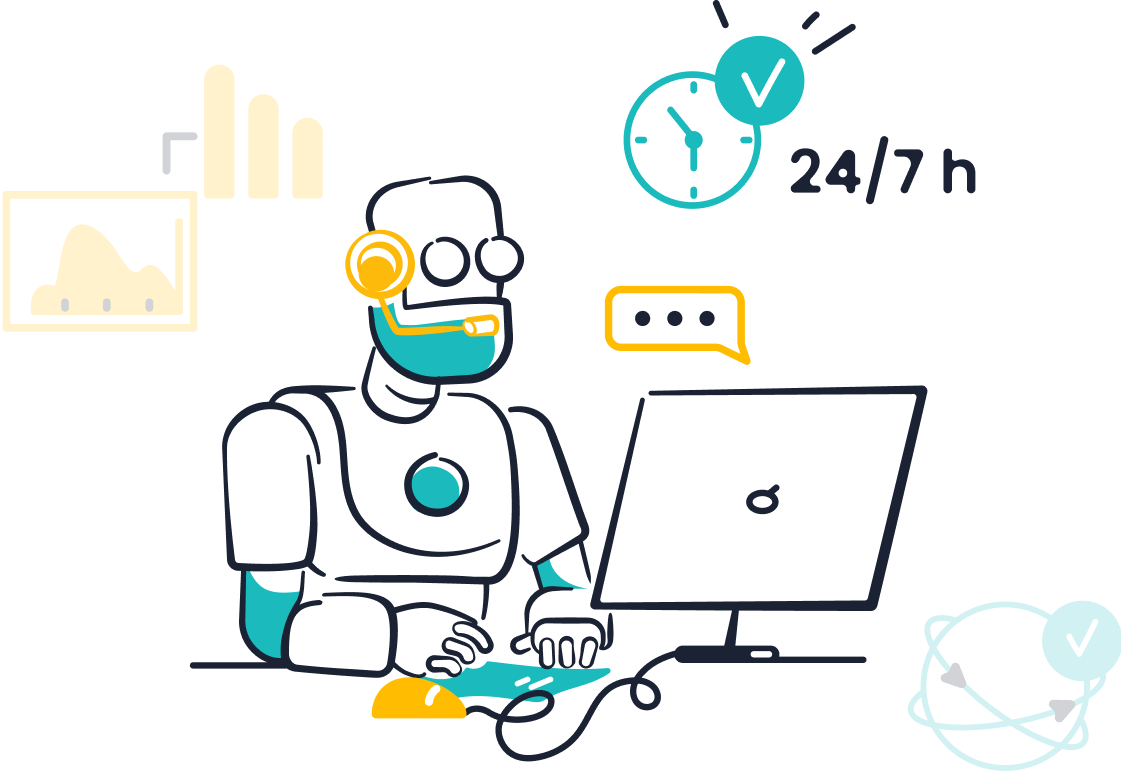
For example, Sobot’s AI chatbot excels in maintaining high accuracy rates by leveraging its robust knowledge base and multilingual capabilities. This ensures users receive precise and relevant responses, reducing the need for human intervention. Tools like Dimension Labs can further help you analyze metrics such as fallback rates and human takeover rates, identifying areas for improvement.
By regularly monitoring these KPIs, you can pinpoint strengths and weaknesses in your chatbot’s performance and make data-driven decisions to enhance its functionality.
Leveraging Customer Feedback for Continuous Refinement
Customer feedback is a goldmine for improving chatbot performance. Real-time feedback systems allow you to track recurring issues, analyze user sentiment, and update your chatbot’s knowledge base. For example, if users frequently express frustration over unresolved queries, this signals a need to refine your chatbot’s conversational flow or expand its knowledge base.
- Identify Underperformance Areas: Feedback highlights where your chatbot struggles, enabling targeted improvements.
- Analyze User Sentiment: Behavior-based feedback reveals pain points that users may not explicitly state.
- Update Knowledge Base: Regularly incorporating feedback ensures your chatbot stays relevant and accurate.

Sobot’s AI chatbot incorporates real-time feedback mechanisms to continuously refine its responses. For instance, OPPO used Sobot’s solution to optimize its knowledge base, reducing maintenance efforts by 90% and achieving a chatbot resolution rate of 83%. This demonstrates how feedback-driven adjustments can significantly enhance customer satisfaction.
Encourage users to rate their interactions or leave comments. This not only improves your chatbot but also shows customers that their opinions matter, fostering trust and loyalty.
Regular Updates and Iterative Improvements
Chatbots require regular updates to stay effective in a dynamic customer service environment. Continuous evaluation ensures your chatbot adapts to changing customer needs and industry trends. Analytical reports, such as those tracking non-response rates or average chat times, provide evidence for necessary updates.
- Why Updates Matter: Chatbots must evolve to handle new types of queries and integrate with emerging technologies.
- Iterative Improvements: Small, consistent changes based on analytics and feedback lead to significant long-term gains.
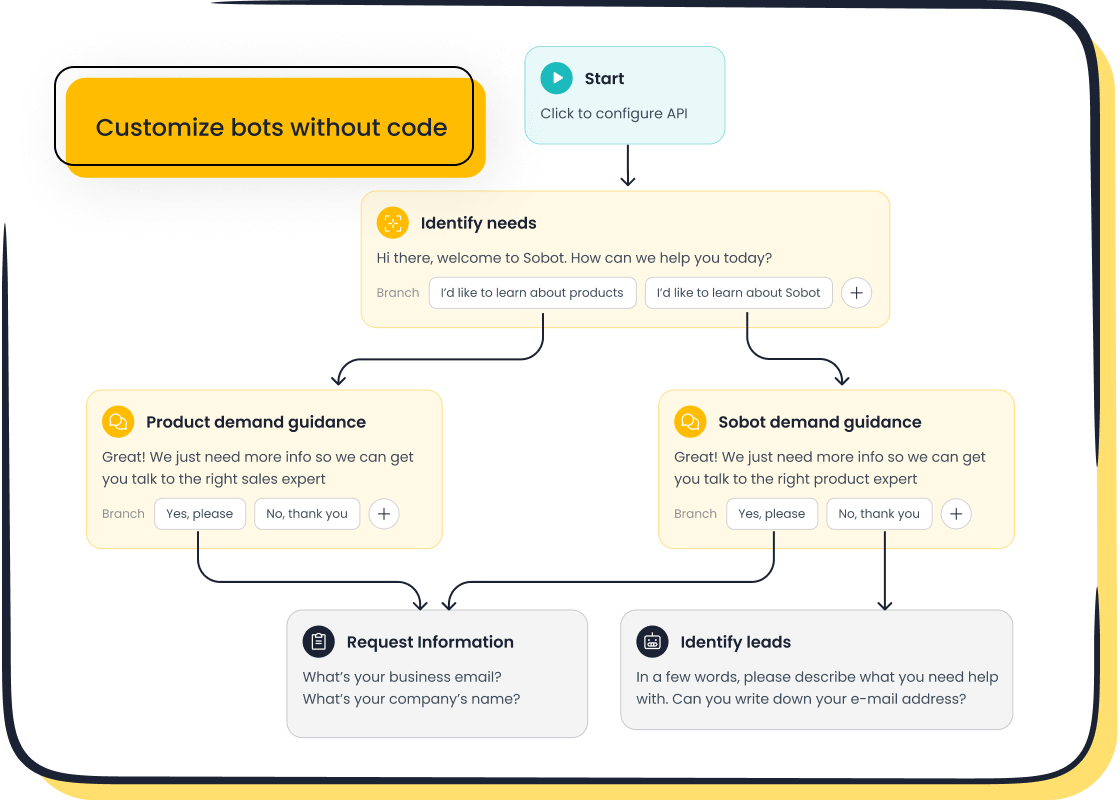
Sobot’s AI chatbot exemplifies this approach. Its point-and-click interface allows you to easily implement updates without coding expertise. Additionally, Sobot’s technical team provides ongoing support to ensure your chatbot remains aligned with your business goals.
By prioritizing regular updates, you can maintain high performance and ensure your chatbot continues to deliver exceptional customer experiences.
Best Practices for Implementing Chatbots
Testing Chatbot Responses Before Deployment
Testing your chatbot before deployment ensures it performs as expected in real-world scenarios. This step helps identify gaps in its conversational flow, accuracy, and ability to handle diverse queries. Begin by defining common use cases, such as FAQs, order tracking, or troubleshooting. Train your chatbot using historical data to simulate realistic interactions. For example, Sobot’s AI chatbot uses a knowledge base built from articles, PDFs, and text snippets to provide accurate responses during testing.
You should also conduct user testing with a small group of employees or customers. This allows you to gather feedback on the chatbot’s tone, clarity, and effectiveness. Metrics like First-Contact Resolution (FCR) and Customer Satisfaction (CSAT) can help measure its readiness. Regularly refining the chatbot based on these insights ensures it meets customer expectations from day one.
Monitoring Performance in Real-Time
Real-time monitoring is essential for maintaining your chatbot’s effectiveness. Tools that track metrics like Bot Engagement Score (BES) and Bot Automation Score (BAS) provide valuable insights. BES evaluates customer experience by analyzing conversations, while BAS measures how well the chatbot resolves queries without human intervention. For instance, a high BAS indicates operational efficiency, reducing the need for human agents.
Other metrics, such as user retention and bounce rate, reveal how well your chatbot engages customers. If users frequently return or spend more time interacting, it shows the chatbot adds value. Sobot’s AI chatbot includes robust reporting features, allowing you to monitor these metrics and make data-driven improvements. By addressing issues in real time, you can enhance customer satisfaction and ensure seamless interactions.
Strategic Planning for Long-Term Success
Strategic planning ensures your chatbot remains relevant and effective over time. Avoid focusing solely on short-term ROI. Instead, view your chatbot as a long-term investment. Companies that prioritize AI strategies often achieve lasting value. For example, chatbots can handle 80% of routine queries, freeing agents to focus on complex tasks. This improves efficiency and customer service quality.
Regular updates and retraining keep your chatbot aligned with evolving customer needs. Sobot’s no-code interface simplifies this process, allowing you to make iterative improvements without technical expertise. Additionally, integrating advanced natural language processing enhances accuracy and consistency. By planning strategically, you can ensure your chatbot continues to deliver exceptional results and supports your business goals.
Actionable Insights for Customer Satisfaction
Aligning Chatbot Goals with Customer Needs
To maximize the effectiveness of chatbots, you must align their goals with customer needs. This involves understanding what your customers expect and tailoring the chatbot's functionality to meet those expectations. For example, using analytics to track user behavior helps you identify common queries and optimize responses. Chatbots that personalize interactions based on user preferences create a more engaging experience.
Here are some actionable strategies:
- Use real-time data to refine chatbot interactions and improve user engagement.
- Personalize responses by analyzing customer behavior and preferences.
- Measure ROI through metrics like customer satisfaction and leads generated.
- Continuously update the chatbot based on feedback and performance trends.
Sobot’s AI chatbot excels in aligning with customer needs. It uses multilingual support and omnichannel integration to provide personalized, seamless interactions. This approach ensures your chatbot not only meets but exceeds customer expectations.
Training Chatbots to Handle Complex Queries
Training chatbots to manage complex queries enhances their ability to deliver accurate and helpful responses. This involves integrating a robust knowledge base, leveraging machine learning, and using feedback loops to refine their capabilities.
| Evidence Type | Description |
|---|---|
| Knowledge Base Integration | Chatbots access extensive information to provide accurate answers. |
| Machine Learning | Chatbots learn from interactions, improving their understanding over time. |
| Feedback Loop | Chatbots adjust responses based on user feedback for better accuracy. |
Sobot’s chatbot incorporates these methods to handle intricate customer inquiries effectively. For instance, it uses AI to analyze patterns and provide human-like interactions. This capability ensures your chatbot can address even the most challenging questions, improving customer satisfaction.
Ensuring Seamless Human Escalation
A seamless escalation process ensures customers receive uninterrupted support when chatbots cannot resolve their issues. Studies show that 79% of customers expect consistent service, and 55% feel frustrated when they perceive disjointed communication. A well-designed escalation system prevents these issues by clearly guiding customers to human agents when needed.
Sobot’s chatbot integrates with customer service systems to enable smooth transitions. It provides agents with detailed conversation histories, ensuring they can pick up where the chatbot left off. This approach enhances customer confidence and satisfaction, making your chatbot a reliable part of your customer experience strategies.
Refining chatbot responses is an ongoing process that requires consistent effort and strategic planning. You can improve adaptability by continuously training chatbots and enhancing algorithms. Tracking metrics like user engagement and query resolution rates provides real-time insights, enabling proactive adjustments to meet customer needs. Iterative improvements help chatbots adapt to evolving expectations, ensuring they remain relevant and effective.
Advancements in natural language processing allow chatbots to better understand human communication, enhancing interactions. Incorporating emotional intelligence enables chatbots to interpret user feelings, delivering personalized experiences. By prioritizing customer-centric design and regular updates, you ensure your chatbot evolves alongside your audience.
With these strategies, you can confidently implement and refine chatbots to deliver exceptional customer satisfaction.
FAQ
What are chatbots, and how do they work?
Chatbots are AI-powered tools that simulate human conversations. They use algorithms to understand user input and provide relevant responses. You interact with them through text or voice, and they operate across platforms like websites, apps, and messaging services.
How can chatbots improve customer satisfaction?
Chatbots enhance satisfaction by offering instant responses, personalized interactions, and 24/7 availability. They resolve routine queries quickly, reducing wait times. Their ability to escalate complex issues to human agents ensures customers always receive the help they need.
Can chatbots handle multiple languages?
Yes, many chatbots, including Sobot’s AI chatbot, support multilingual communication. They interact with users in their preferred language, making them ideal for businesses with diverse customer bases.
How do chatbots integrate with customer service systems?
Chatbots connect with systems like CRM platforms and ticketing tools. This integration allows them to access customer data, provide accurate responses, and escalate unresolved queries to human agents seamlessly.
Are chatbots customizable for specific business needs?
Absolutely! Chatbots can be tailored to meet your business requirements. Sobot’s chatbot, for example, uses a point-and-click interface for easy customization, enabling you to design workflows and automate processes without coding.
See Also
Top 10 Strategies to Enhance Live Chat Satisfaction
The Role of Chatbots in Improving E-commerce Satisfaction
Effective Live Chat Techniques for Superior Customer Support
